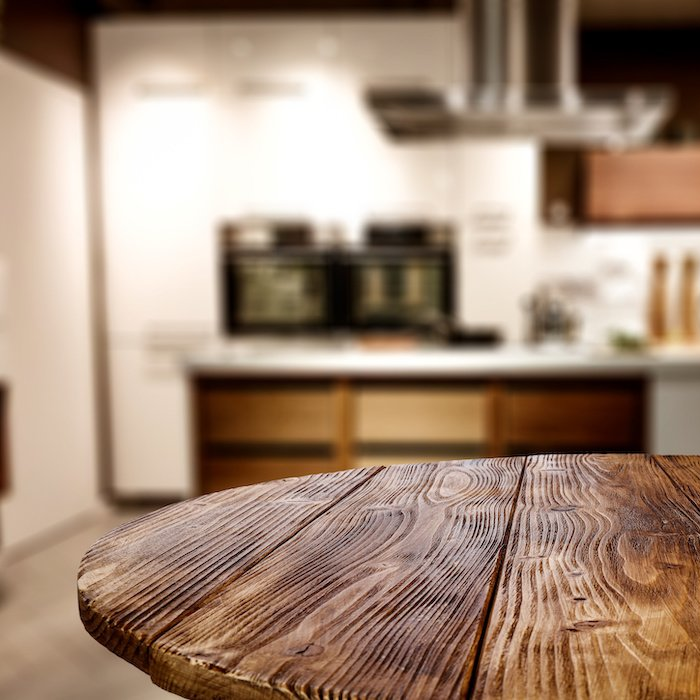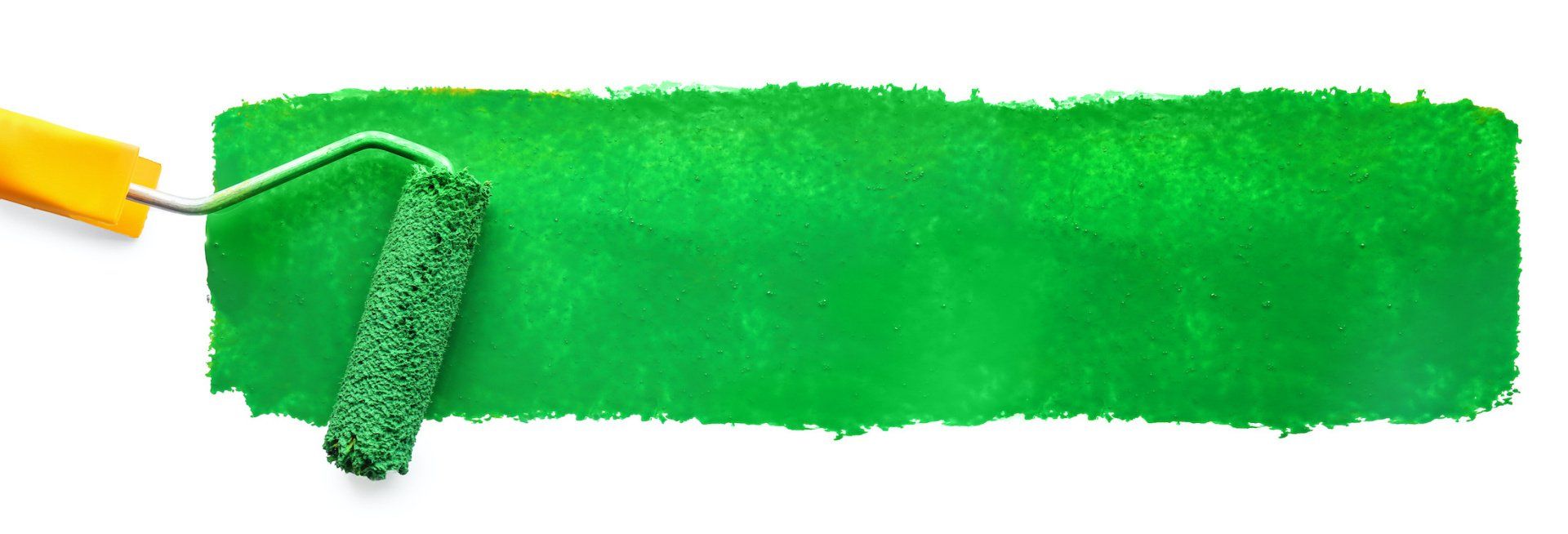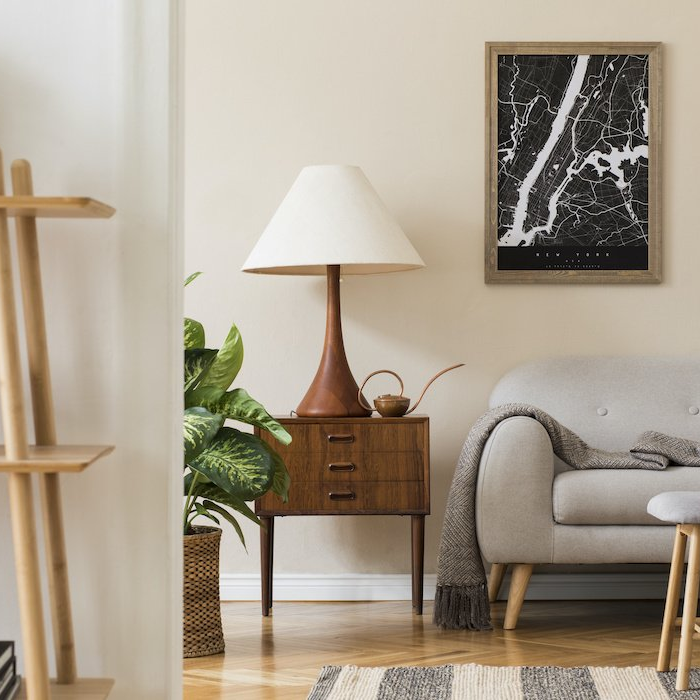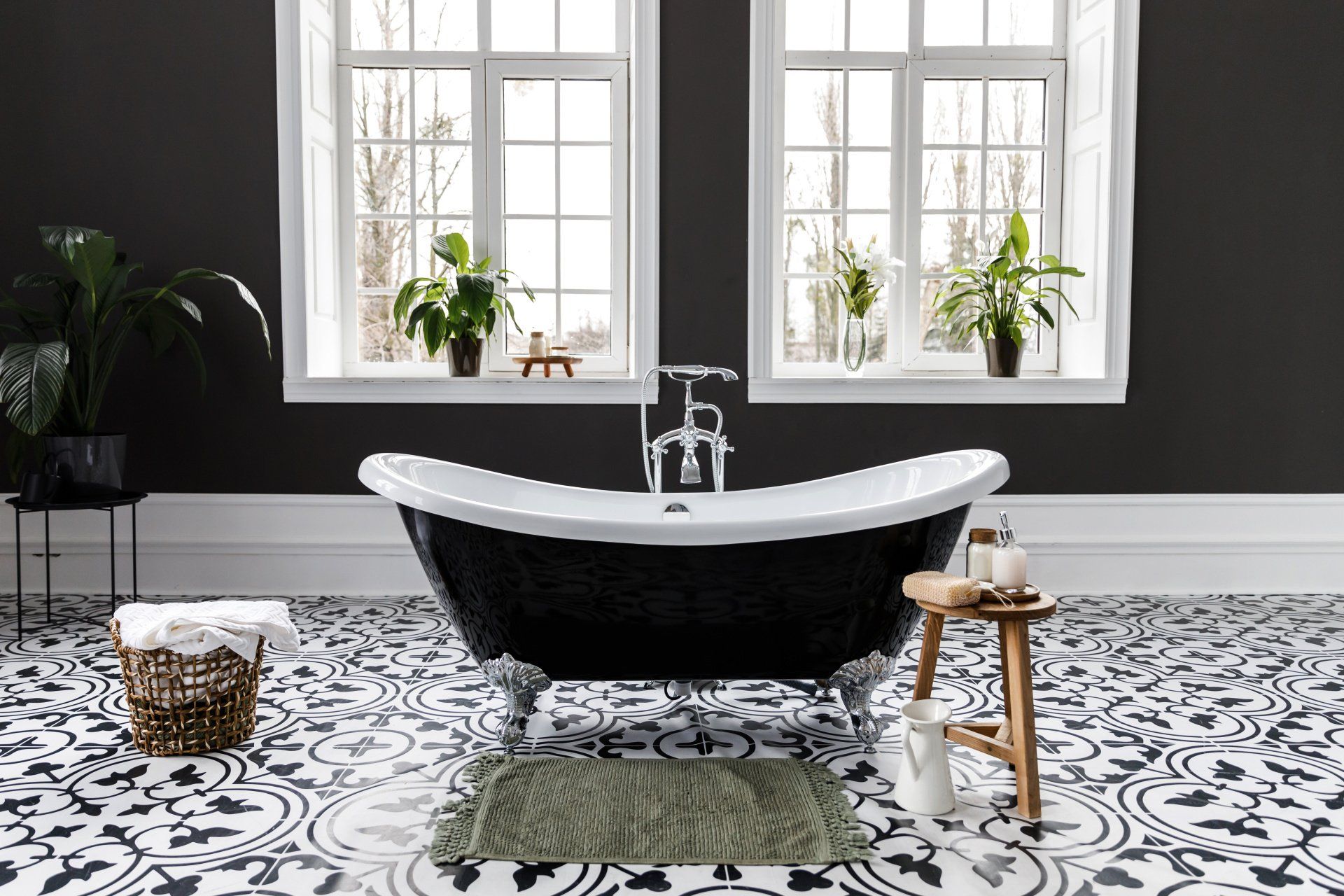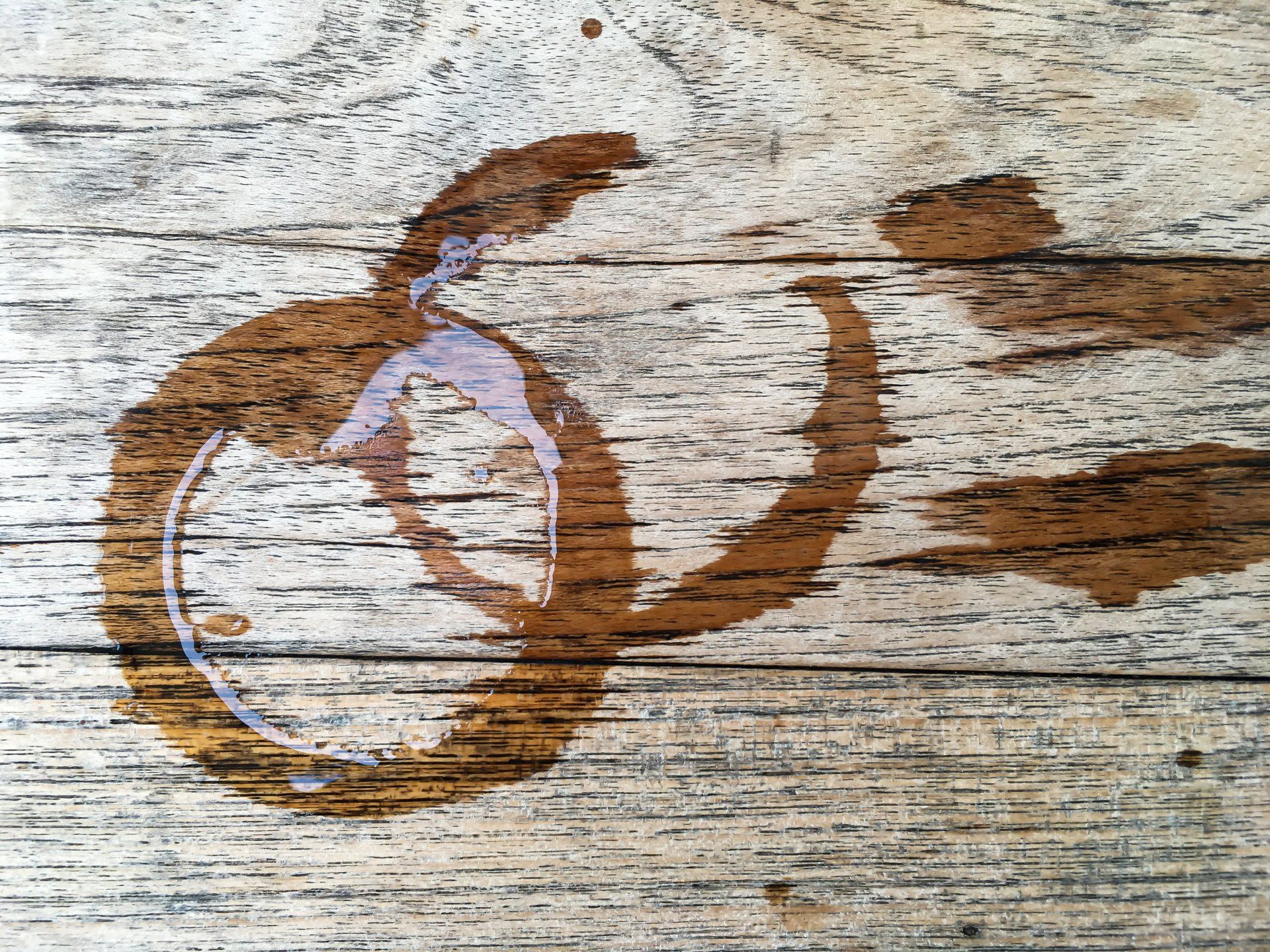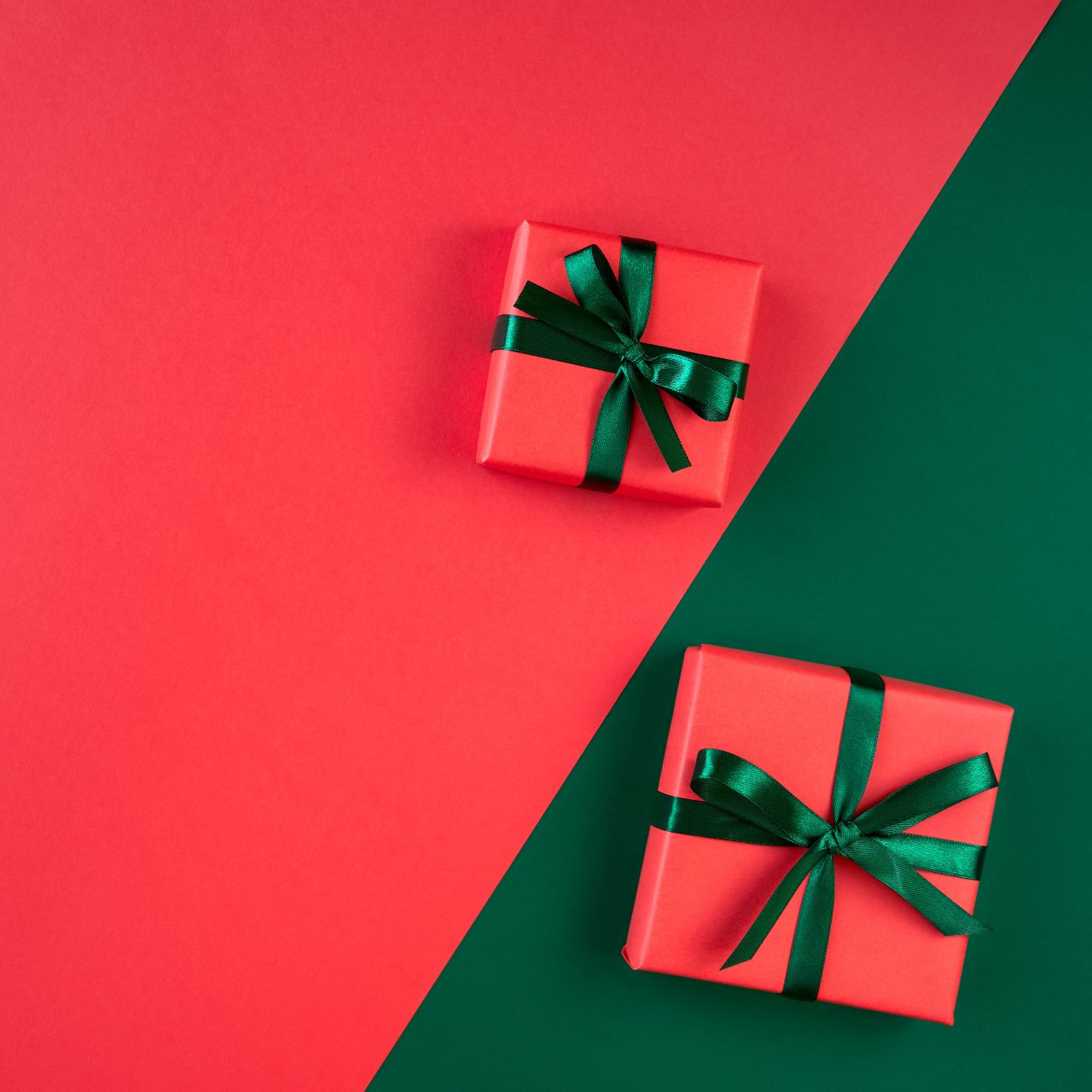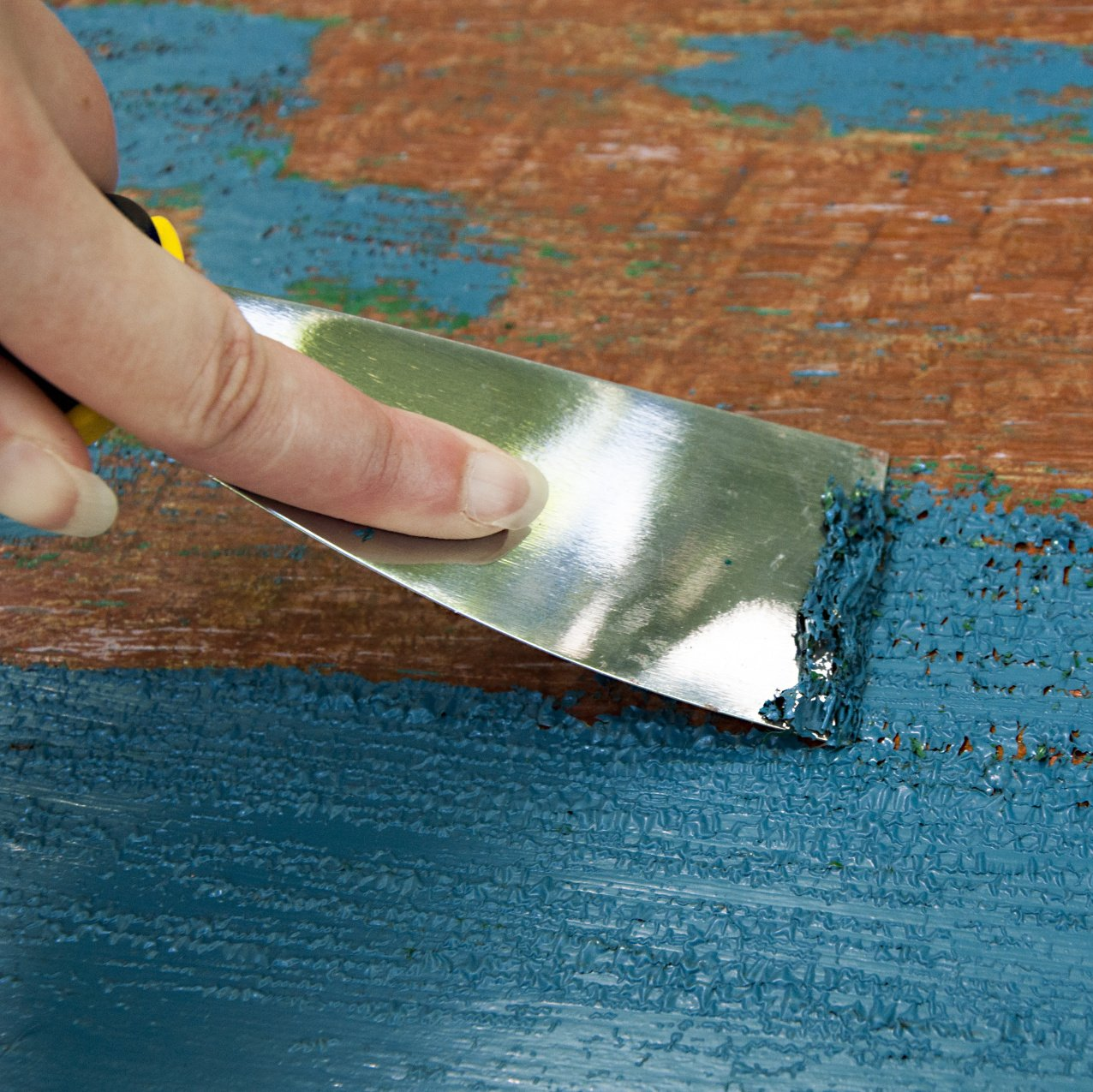How to Use Chalkboard Paint on Glass
Sam Lutz • June 3, 2014
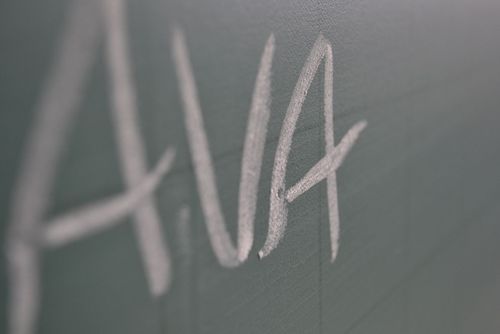
Painting glass can be tricky because the smooth surface will not absorb paint, nor can paint adhere to it. However, when properly primed and cleaned, glass will readily accept paint as well as any other surface.
- Select the glass surface you’ll be painting with chalkboard paint. This really can be almost any thing made of glass, but some suggestions include an empty picture frame, a drinking glass, or a window.
- Clean the glass with rubbing alcohol or commercial glass cleaner. Wipe the surface of the glass dry with a clean dry rag.
- Block off the area of the glass you hope to paint. Use masking tape or painter’s tape to outline the area where you wish to paint. This prevents the paint from spreading to other parts of the glass where you don’t wish to apply paint.
- Prime the surface of the glass. This step may be completed in one of a few ways, so you’ll need to pick the method that works best for you:
- Primer Paint Method: Use a primer paint that is designed to adhere to glass surfaces. Follow all the manufacturer’s instructions and paint the primer in the area where you plan to apply the chalkboard paint. Allow the primer to dry fully before proceeding with the next steps.
- Steel Wool Method: Rub the glass gently with sand paper or steel wool. The logic here is to rough up the surface of the glass, giving the chalkboard paint something textured to adhere to.
- Apply the chalkboard paint to the primed surface. There are two types of chalkboard paint, and you may choose to use whichever you prefer. The first type comes in a spray can, the second type is applied with a paint brush. If you primed the surface of the glass by rubbing it with steel wool, be sure to use chalkboard paint that specifically states that it will adhere to glass.
- Paint applied with a paintbrush is more likely to have a slightly textured surface after it’s finished drying. The best way to minimize the texture of this paint is to paint the first layer with brushstrokes that go in one direction, then paint the second layer in brush strokes that go in another direction.
- Chalkboard paint that comes in a spray can should coat the glass with a smooth, even finish. Coat the glass with at least two coats of this type of paint, allowing each coat to dry before painting another coat.
- Allow the paint to dry fully. The manufacturer’s instructions should tell you how long this will take.
- Remove any masking or painter’s tape from the glass. You may need to run a razor along the masking tape, slicing the edge of the tape from the paint. Doing this prevents the tape from tearing the paint, which can leave the edge of the paint ragged and uneven.
Enjoy your craft project! If you’re wondering about the types of crafts where you might find yourself painting glass with chalkboard paint, here are a few ideas:
- Paint blank labels onto glass kitchen jars. As you change the contents of the jar, change what is written on the label.
- Choose a favorite picture frame and paint the glass with chalkboard paint. Turn your frame into the perfect place to draw whimsical pictures, write erasable messages or make the framed chalkboard into a sign.
- Paint blank name labels onto kitchen glasses, to prevent people from mixing up their drinks.
For more ideas about ways that you can use chalkboard paint, Better Homes And Gardens
has a nice slide show of examples, as does the Brit + Co
website. Remember, chalkboard paint comes in more colors than green and black (and chalk comes in more colors than just white!) so you can coordinate with your home decor.
Tips:
When writing on the chalkboard paint (especially if it’s on glass), be gentle. When it’s time to erase the chalk, use a warm sudsy cloth. Scrubbing the chalkboard paint can cause it to wear away over time, or may cause it to chip off the glass.
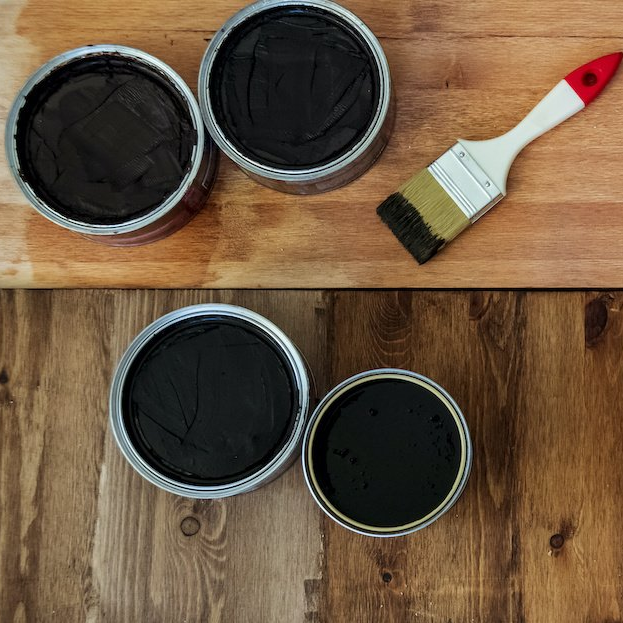
One of the wonderful things about good wood furniture is that it doesn’t have to be merely functional. It can be beautiful as well. We’ve seen some amazing pieces made with wood stains that are more than just furniture, they’re works of art. So if you’ve got an old table, desk or other piece of wood furniture that needs jazzed up, why don’t you consider using some of our great stains to try one of these ideas.

